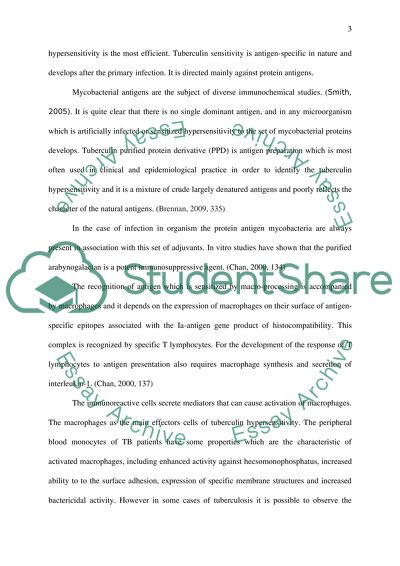Cite this document
(“Immunologic diagnosis of tuberculosis Research Paper”, n.d.)
Retrieved de https://studentshare.org/health-sciences-medicine/1391162-tuberculosis
Retrieved de https://studentshare.org/health-sciences-medicine/1391162-tuberculosis
(Immunologic Diagnosis of Tuberculosis Research Paper)
https://studentshare.org/health-sciences-medicine/1391162-tuberculosis.
https://studentshare.org/health-sciences-medicine/1391162-tuberculosis.
“Immunologic Diagnosis of Tuberculosis Research Paper”, n.d. https://studentshare.org/health-sciences-medicine/1391162-tuberculosis.


